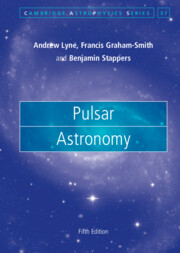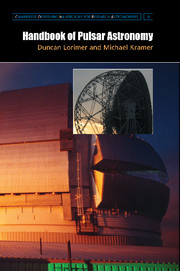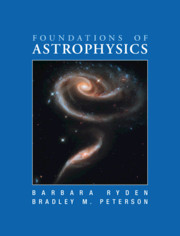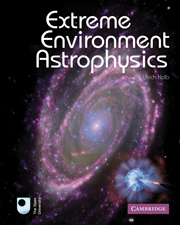Pulsar Astronomy
After more than half a century since their unexpected discovery and identification as neutron stars, the observation and understanding of pulsars touches upon many areas of astronomy and astrophysics. The literature on pulsars is vast and the observational techniques used now cover the whole of the electromagnetic spectrum from radio to gamma-rays. Now in its fifth edition, this volume has been reorganised and features new material throughout. It provides an introduction in historical and physical terms to the many aspects of neutron stars, including condensed matter, physics of the magnetosphere, supernovae and the development of the pulsar population, propagation in the interstellar medium, binary stars, gravitation and general relativity. The current development of a new generation of powerful radio telescopes, designed with pulsar research in mind, makes this survey and guide essential reading for a growing body of students and astronomers.�
- The only up-to-date, comprehensive review of all topics relating to the field of pulsar astronomy, setting out the basic physical theory for each topic
- The fifth edition has been fully revised to include advances in observational techniques, pulsar variability, millisecond pulsars, magnetars, thermal radiation from neutron stars, and the location and nature of emission regions
- Carefully selected references for each research topic have been updated and extend to more than 800 items, providing the foundations for further detailed and intensive reading
Reviews & endorsements
From reviews of the previous edition(s): '[The new edition] covers a broad range of topics in a concise way, and it is particularly strong in its discussions of pulsar emission phenomenology, pulsars as probes of the interstellar medium and timing irregularities in young pulsars … With its breadth and clear presentation, the new edition will continue to be a valuable introduction for graduate students and others.' Stephen E. Thorsett, Princeton University, Physics Today
'For anyone starting research, or preparing a graduate lecture course, this comprehensive authoritative, and readable introduction to pulsars, with some interesting historical asides, is strongly recommended.' Antony Hewish, University of Cambridge, The Observatory
'[T]he book has much evolved since its first edition … the book remains the best textbook if people want to learn about pulsars and pulsar astronomy … The vast experience of the authors, who are world-leading experts in this field, clearly shows … the improved structure, combined with updates and the much-more-than-just cosmetic changes to various chapters make the book worth buying, even if one has an old edition. It feels simply easier to read and handle, while still providing a good balance between breadth and depth … this is the 'go-to' introduction to the field.' Michael Kramer, The Observatory
Product details
August 2022Hardback
9781108495226
450 pages
250 × 174 × 28 mm
0.87kg
Available
Table of Contents
- Preface
- Part I. Pulsar Astronomy:
- 1. The Discoveries
- 2. Telescopes Techniques, Radio to TeV
- 3. Receiver Techniques and Data Analysis
- 4. Surveys and Population
- 5. Pulsar Timing
- 6. Timing and Astrometry of Binary Pulsars
- 7. The Distances of the Pulsars. Part II. Observed Physical Characteristics:
- 8. Pulse Profiles
- 9. The Variability of Pulsar Emission
- 10. Millisecond Pulsars
- 11. Magnetars
- 12. Thermal X-rays from Neutron Stars. Part III. Neutron Star Physics:
- 13. Neutron Stars
- 14. Radius and Mass
- 15. Glitches, Timing Noise, Slowdown Switching
- 16. Location and Geometry of Emitters
- 17. The Emission Mechanisms
- Part IV. Environments and the Interstellar Medium
- 18. Supernovae and their Remnants
- Pulsar Wind Nebulae
- 19. Interstellar Scintillation and Scattering
- 20. The Interstellar Magnetic Field
- 21. Prospects
- References
- Index.









